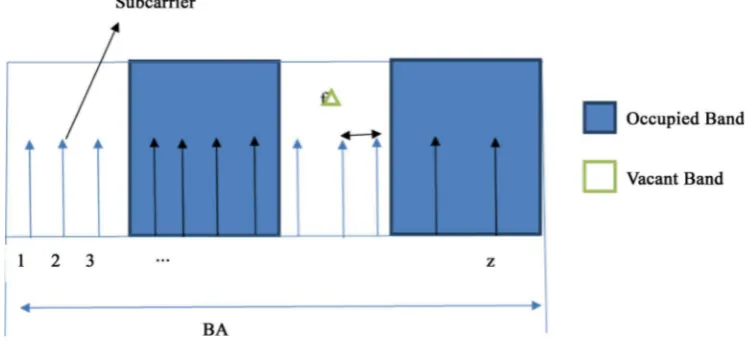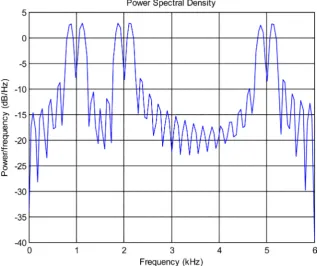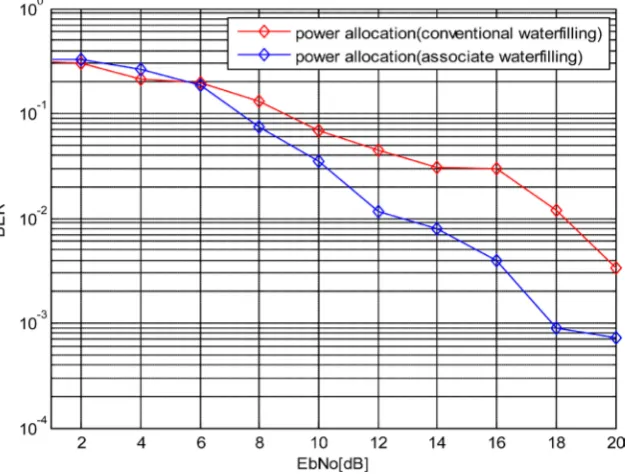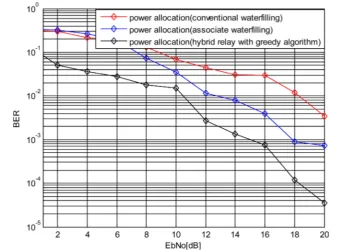Hybrid Relaying Protocol for Joint Power and Subcarrier Allocation for OFDM Based Cognitive Radio Networks
Full text
Figure




Related documents
Simulation results show that the proposed scheme realizes our objectives of controlling congestion, providing differentiated QoS guaran- tees, and catering to proportional
by pursuing policies to boost South African renewable manufacturing capability, taking the total new jobs in the [R]evolution scenario to 182,400, 56% more than in the
Through lobbying initiatives and court case interven- tion over the past two decades, equality advocates and intervenors have used the equality provisions (S. 15) ofthe
The exponential graphs are plotted for the criteria’s number of reviews, review rating, Positive Review Length Difference (PRLD), Negative Review Length Difference (NRLD),
The analyses of the scope of certain biofuel certification schemes within the changing agricultural sector in Brazil and connected land use dynamics will allow us (1) to get a
A cultural shift in the maternity services Prior to this research being undertaken, the participating women had located previous birthing experiences within a medical model
The double mutant had a 37.2% reduction of AcBr lignin compared with the WT plants (Fig. 3 d), indicating a further reduc- tion of lignin content in fpgs1ccoaomt1 compared with
With relation to the research question; do the relationships formed by Nigerian consumers and their service providers determine the type and stages of

